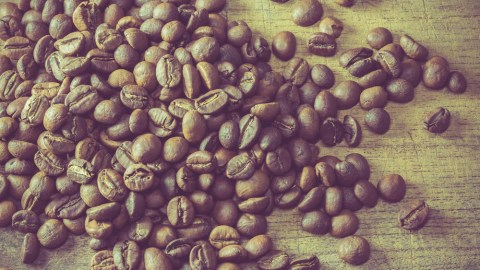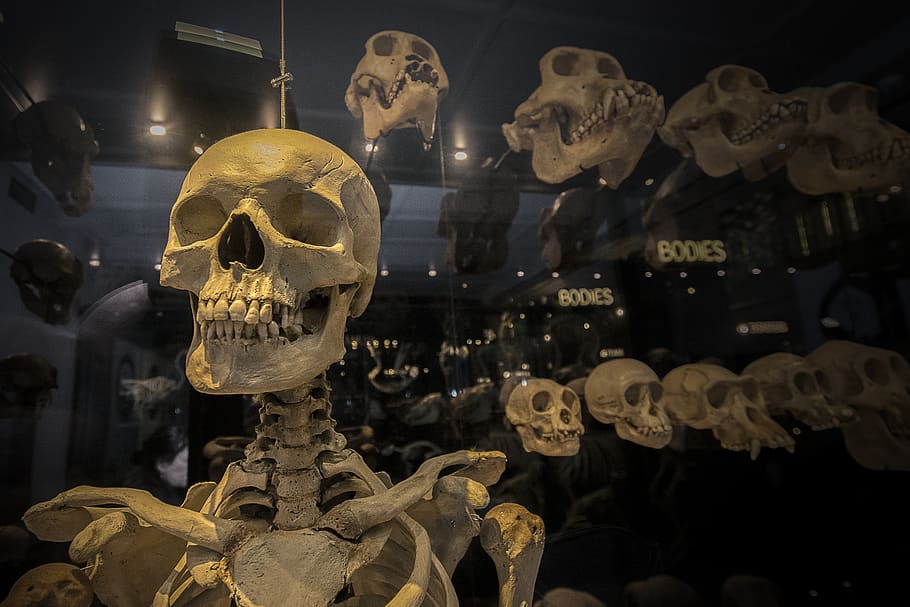A Million Years of Plant Evolution in Your Morning Coffee: Scientists Unravel Caffeine’s Mysteries

Caffeine is by far the most popular psychoactive drug in the world: 26,000 cups of coffee are consumed on the planet every second; many take caffeine from tea or mate, an herbal drink popular in South America. But the drug, unlike so many others, didn’t come from a chemistry lab. It came from millions of years of plant evolution.
Caffeine began in plants as an inactive enzyme called xanthosine but after certain genetic mutations occurred in the course of evolutionary change, the enzyme became caffeine. Interestingly, this genetic process occurred in tea leaves and cocoa beans to produce the same result. Scientists call the phenomenon convergent evolution, i.e. when the same complex trait is produced by different processes.
“Birds, for example, evolved wings when their finger bones fused together and sprouted feathers more than 150 million years ago. Bats, on the other hand, evolved wings about 60 million years ago when their fingers stretched out and became covered in membranes.When convergent evolution produces the same complex trait more than once, it’s usually a sign of a powerfully useful adaptation.”
In high doses, caffeine makes soil less fertile as coffee leaves fall to the ground, eliminating competition from other plants. It can also poison animals that would eat it. But in small doses, nectar containing caffeine can excite insects to transport the plant’s pollen, and the human fascination with caffeine is the plant’s most brilliant success.
So happy morning coffee (or tea or mate), everyone. Despite researchers’ best attempts to find the negative side effects of coffee, NYU nutrition expert Marion Nestle happily reports we expertly metabolize caffeine:
Read more at the New York Times
Photo credit: Shutterstock



